What Is A Retina Display And How Is It Different From Other Displays?
You May Have Heard Many Times Before That Apple Products Use Retina Displays; But What Does This Concept Really Mean? In This Article, We Try To Examine What You Need To Know About Any Retina Display.
Retina Display, In recent years, monitors have become an integral part of digital products. We see them in almost every electronic device we deal with, from small smartwatches to large televisions and monitors.
The display is the user’s only visual gateway to the digital world, and a quality display can enhance the user experience and immerse people in its content. This has led companies to improve the quality of their panels and displays continually.
Apple is one of those companies that is known for using high-quality displays in its products. The company has been using Retina displays in almost all of its products since the unveiling of the iPhone 4 in 2010; But what is Retina, why does Apple use that name, and how is it different from other displays on the market?
These are questions that may be on your mind, and in this article, we try to answer and examine them all.
What is a Retina Display?
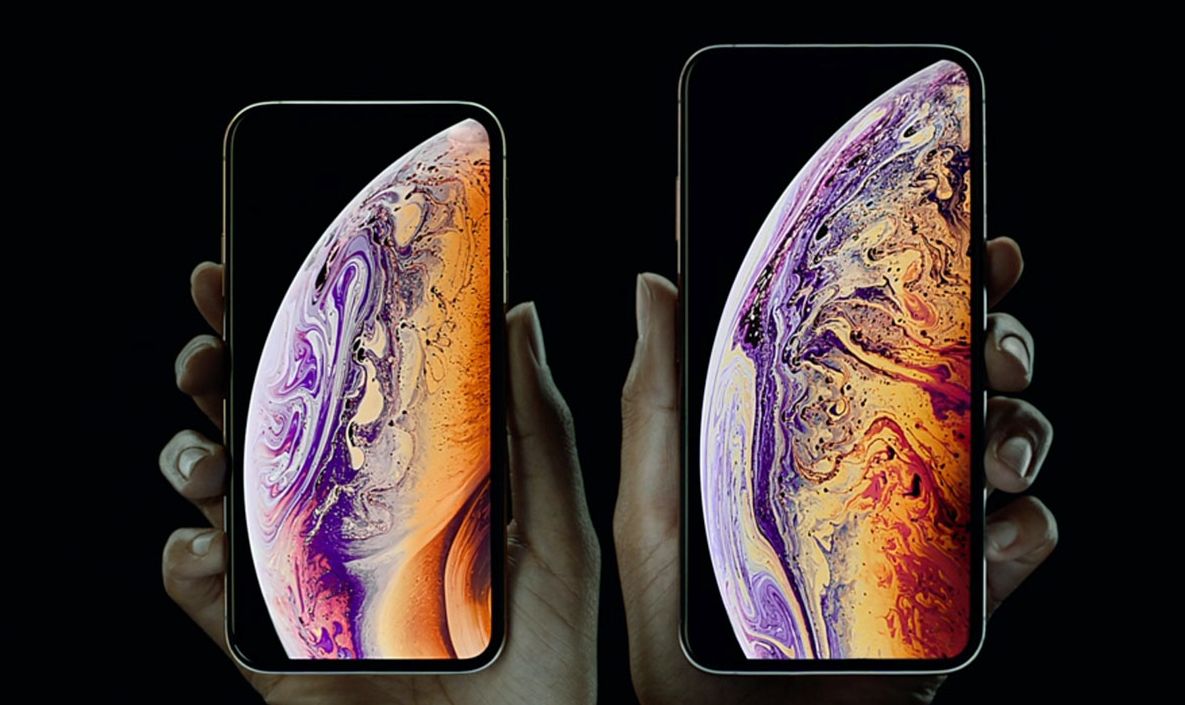
Let’s put it; Retina is a name for the display marketing of Apple products for which there is no clear definition. Simply put, Retina is any display that Apple has decided to name, but features set the Retina display apart from other displays.
The first and most important criterion is pixel density, which naturally, the higher the resolution, the higher the screen resolution. When Steve Jobs unveiled the iPhone 4 with its first Retina display in 2010, he described the phone as having a very dense pixel display (326 pixels per inch) and claimed that the density was not visible to the human eye.
At a distance of 12 inches, the user does not see the individual pixels and only sees the image created by the pixels.
A decade after the unveiling of the iPhone 4, Apple has equipped all of its products with Retina displays, but not all have the same pixel density. Some have a density of more than 456 pixels per inch, and some less. The question that arises is how does Apple call them all retina? In fact, the difference goes back to two essential elements: density and distance.
The farther away the user’s eyes are from the screen, and the less density will be needed for the pixels to disappear. In other words, the larger the display, the farther the user looks at its content, and therefore the lower the pixel density required to qualify as a Retina display. For example, the current MacBook Pro has 227 pixels per inch, and the iPhone 12 Pro has 460 pixels per inch.
Despite the more than double difference, in both cases, users will most likely not notice the pixels; Because people usually see the laptop screen from a distance and will certainly not see the individual pixels with the naked eye; Hence, the MacBook Pro display is also called Retina.
This may be a little vague, But the approximate idea is that a display is known as a retina if it is sharp enough that the human eye cannot detect individual pixels at normal distances.
In fact, Apple doubles the number of pixels vertically and horizontally to turn a device’s display into a retina; Which means that its pixel is four times larger than a similar non-retina sample; It should be noted, however, that the non-Retina display refers to Apple’s own previous displays; This is because most current displays from other brands offer the same or even higher resolution than Retina models.
But increasing the number of pixels makes the user interface elements such as menus and icons look very small.
To compensate, Apple created HiDPI mode; Where the size of each interface element is doubled vertically and horizontally, allowing the contents of the Retina display to look like a regular display and, consequently, everything, including text and content, to the Retina Display.
What do retina suffixes mean?
As mentioned earlier, Steve Jobs claimed during the unveiling of the iPhone 4 that the pixel density of this phone is almost invisible to humans. This argument raises the question of how Apple describes a display with much better specifications and quality. Apple’s answer is to borrow terms from the video and broadcast industries.
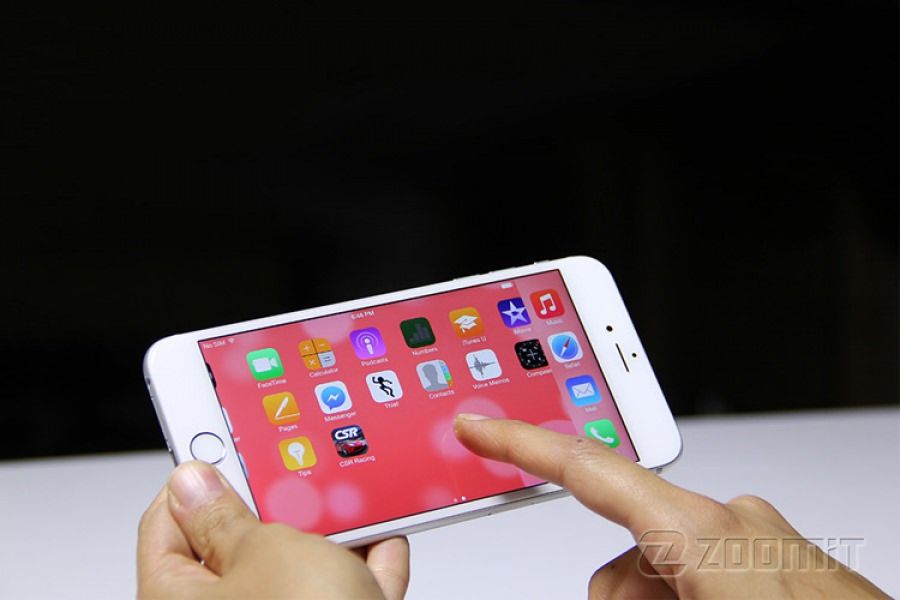
Launched in 2014, the iPhone 6 had a vertical resolution of 750 pixels; Slightly higher than the 720p vertical resolution, which is one of the standards for HD video. In addition, the iPhone 6 Plus had a vertical resolution of 1080 pixels and was much higher than the HD video standard. Apple never misses an opportunity to retrieve its products with attractive emails; That’s why the iPhone 6 and 6 Plus display technology is called Retina HD.
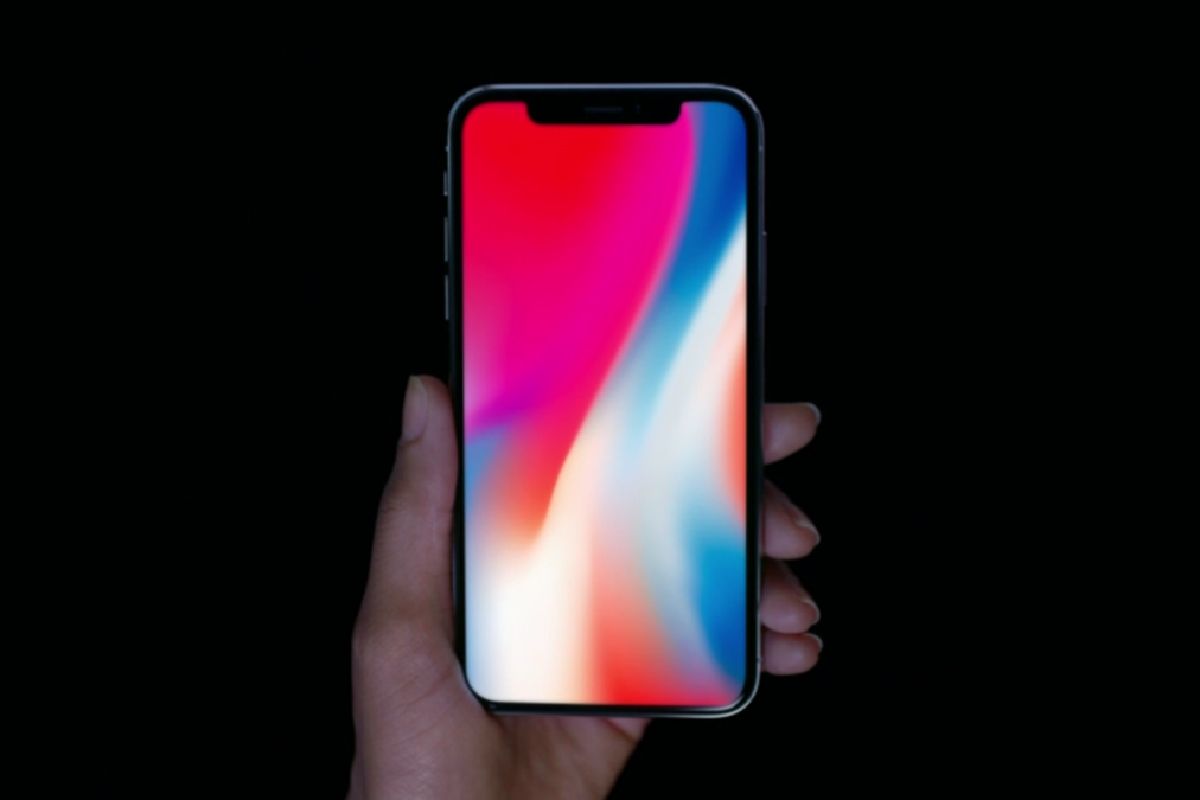
The Retina HD label continued until the iPhone 8 and 8 Plus in 2017.
Still, on the occasion of the tenth anniversary of the unveiling of the first generation of the iPhone, the technology giant unveiled a new and completely redesigned phone called the iPhone 10 (iPhone X).
In other words, it took everything one step further. With a 5.8-inch OLED display, the iPhone X had a density of 458 pixels per inch and deserved a new naming for its high-quality display. Apple named the display Super Retina HD and used the extension until the iPhone XS series.
Of course, you should note that these emails do not necessarily adhere to the basic principles of Retina displays, namely pixel density, and spacing. Apple only uses HD and Super HD labels because of the higher resolution.

The tech giant used the Liquid Retina HD extension for the iPhone XR LCD in 2018.
The screen resolution is 828 x 1792 pixels and, like previous iPhones, offers a density of 326ppi; Therefore, the reason for Apple’s nomination is not the screen resolution. This is the first full-screen LCD with curved corners on the iPhone, and unlike most Android phones at the time, it has no bottom margins.
Apple says the display has the most accurate LCD panel of all phones and offers a high brightness and contrast ratio, allowing it to display a wide range of colors for HDR movies and photos; It also has a True Tone feature that adjusts accurate colors regardless of ambient brightness; Therefore, the liquid retina suffix can choose for these reasons.
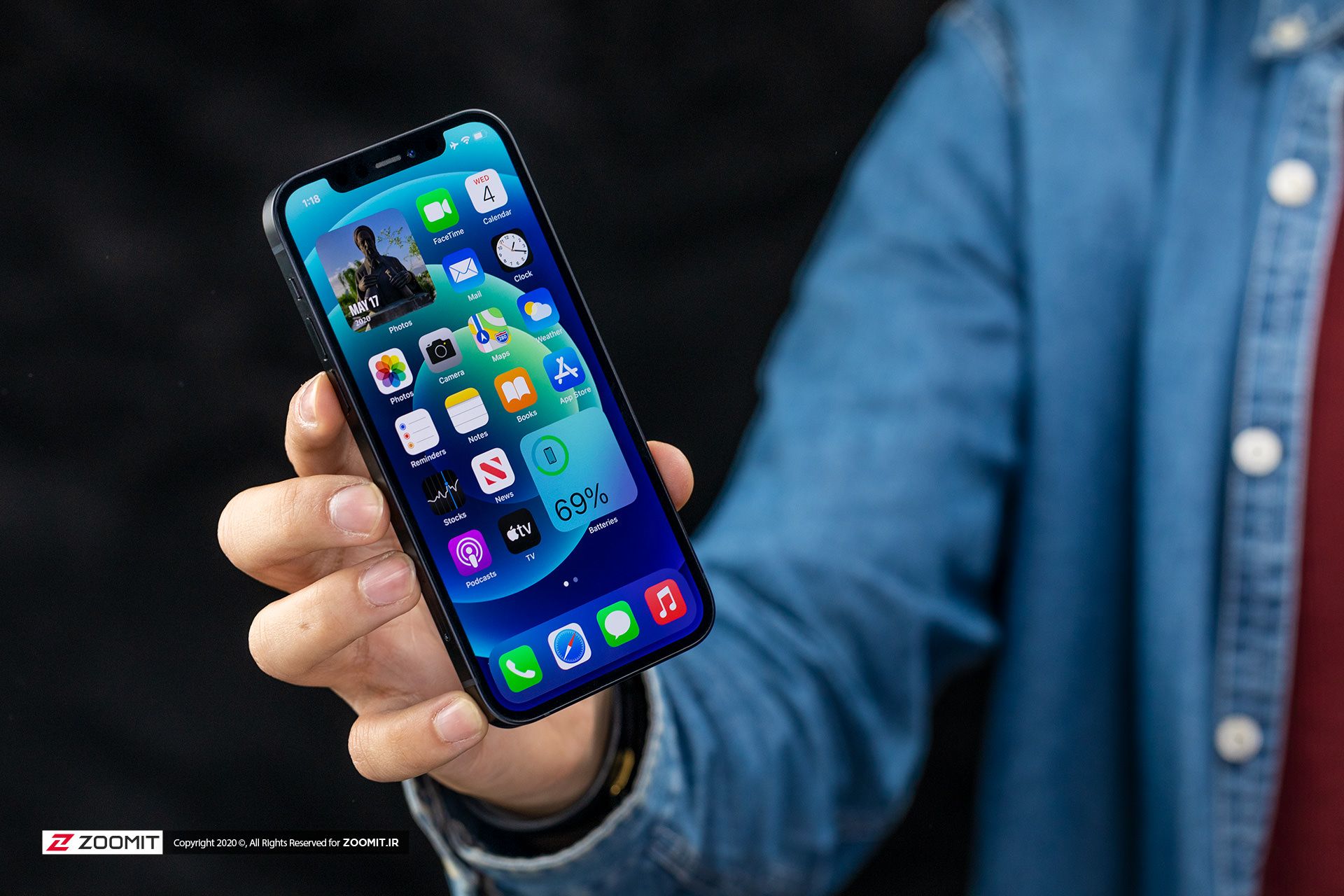
The latest screen extension of the iPhone is Super Retina XDR, which was unveiled in 2019 with the iPhone 11. The name gives to this display not because of its density and resolution but because of its very high brightness and contrast, and it has survived to this day.
Retina 4K and 5K
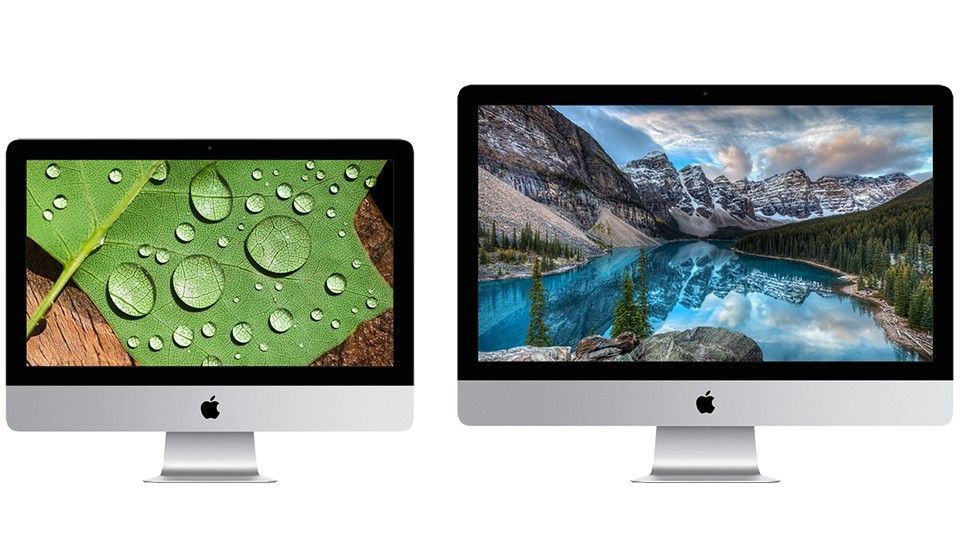
HD quality is now almost an old-fashioned standard on large, modern monitors. Today, TVs and monitors have 4K displays that consist of 4,000 pixels horizontally. Of course, screens with insane 8K and 16K resolution have also been introduced; But there is still a long way to go before they become standardized and generalized.
Retina 4K and 5K names are also due to their resolution, and in fact, it is related to the unveiling of the 27-inch IC equipped with 5120 pixels horizontal in 2014 and the 21-inch IC equipped with 4096 pixels horizontal in 2015.
The next generation of Retina displays

It is unclear how Apple will name the next-generation Retina display; But with the unveiling of the iPhone 13 series, it will probably also announce a new Retina extension.
Rumor has it that the display of the iPhone 13 Pro models will significantly change. It seems that Apple intends to use LTPO technology to display this series of phones; The same technology will probably be enough for Apple to use a new name for marketing its new display.
Low-temperature polycrystalline oxide (LTPO) thin-film transistor, which is responsible for turning on and off the various pixels of the display, leads to a more efficient display.
The technology allows the smartphone to change the image refresh rate from 1 to 120 Hz as needed and increase energy efficiency. The technology can provide a 120Hz refresh rate for smoother and more scrolling, smoother animations, and improved command response without slowing down.
How does the Retina display compare to competitors?
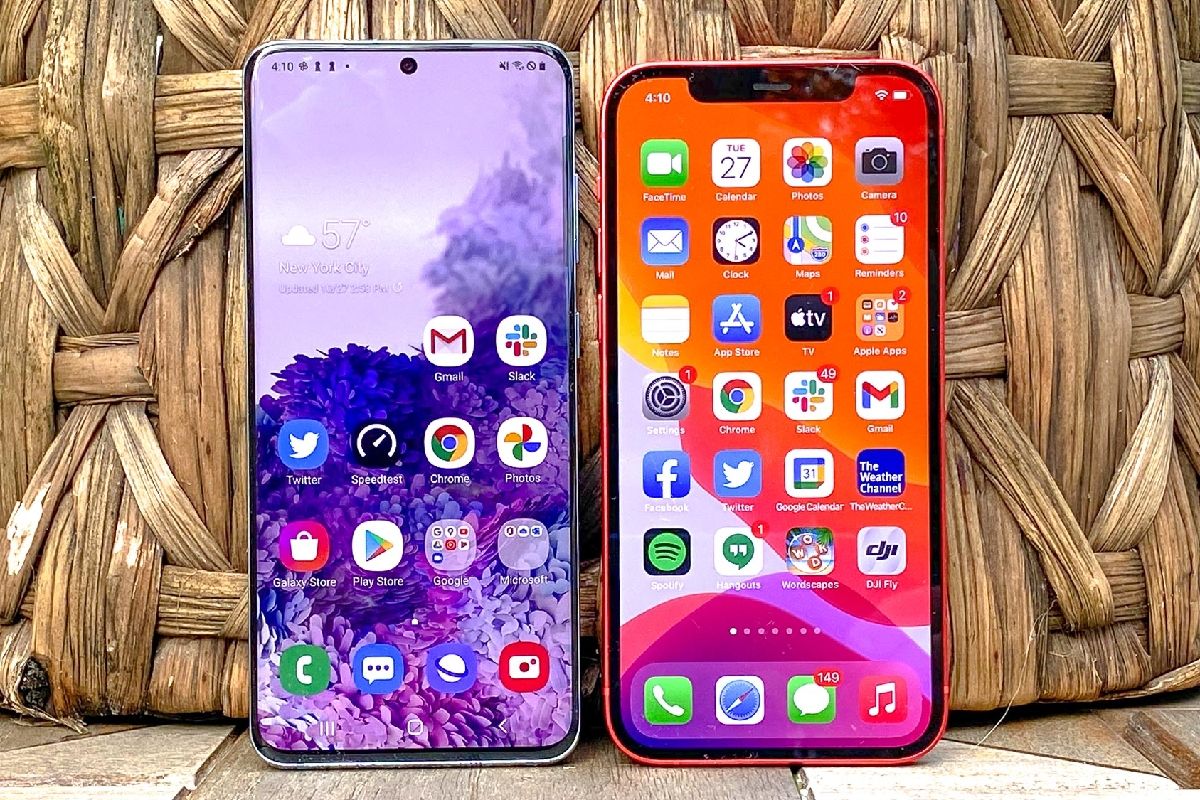
If you’ve been following the article so far, you’ve probably noticed that Retina displays are almost indistinguishable from other high-quality displays today. Apple’s registered patent, marketing, and trademark prevent any other manufacturer from using the Retina name in its product.
In some cases, we even see displays from other brands that offer much better specifications on paper than Retina displays. For example, when the iPhone 6S was unveiled, Sony’s Xperia Z5 Premium offered 4K resolution and a staggering 806 pixels per inch, much higher than the Apple phone.
Of course, many people will not be able to tell the difference between a high-resolution 4K display at the size of a smartphone, and if Steve Jobs is right, a density of 300 pixels per inch on smartphones will be enough to make the pixels invisible; So it seems like adding more pixels is useless and playing with numbers to attract customers.
It should note that the quality of the screens is not limited to the resolution or pixel density, and many other components are effective in creating a good display; Therefore, the Retina display may not have the highest resolution available; But it definitely has the right balance between image resolution and the power needed to deliver high-quality content.

